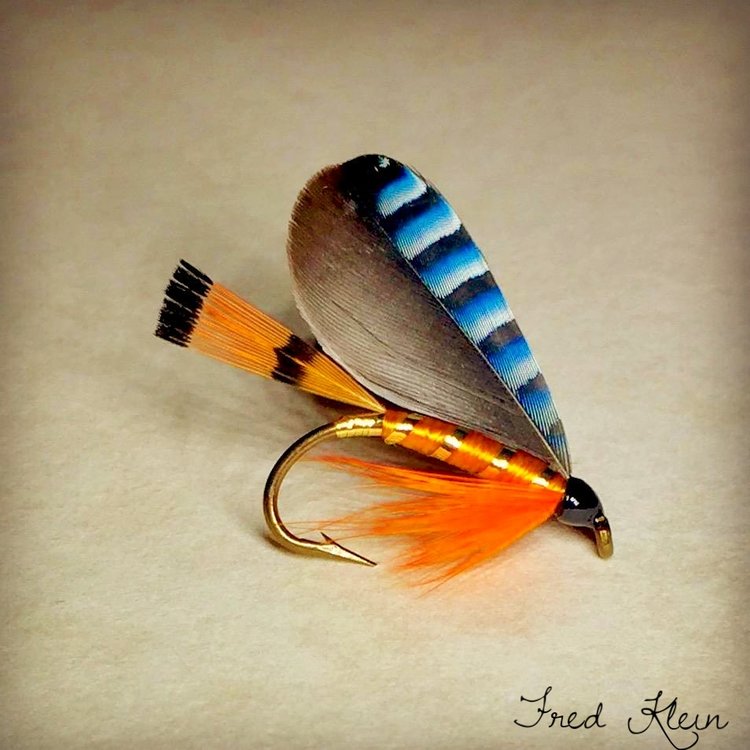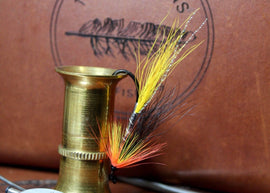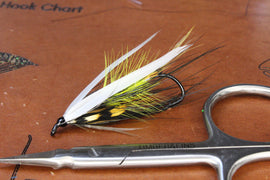by Fred Klein
The Blue Jay fly is a beautiful fly pattern with origins unknown but likely in the British Isles, as with many old patterns. The first documented account was included in Charles Orvis’ book ‘Fishing With The Fly’ in 1883. The wet fly shown on an oil color plate shows an American Blue Jay wing feather. American Blue Jays have been protected since 1918, all other references found later than this use European Blue Jay feathers, which are still readily available today.

Blue Jay as shown in Ray Bergman's Trout 1938

Jay Silver as shown in Ray Bergman's Trout 1938

Jay Blue as shown in Ray Bergmam's Trout 1938

Jay Yellow as shown in Ray Bergman's Trout 1938
Mary Orvis Marbury the daughter of Charles Orvis included the Blue Jay wet fly pattern in her book ‘Favorite Flies and Their Histories in 1892. (shown below) She wrote that Blue Jay flies are not imitations of any insect but derives their names from the feather of their wings. The color and markings of the European and American Blue Jay feathers are equally beautiful, but quite different, though equally effective. She used the Euro Blue Jay for her color plate. Mary Orvis Marbury also displayed a fly called “The Ghost” at the 1893 Chicago World’s Fair using Blue Jay feathers for the tail. (shown below)

Blue Jay tied by Fred Klein as shown in The American Museum of Fly Tying Mary Orvis Marbury

The Ghost tied by Fred Klein - Mary Orvis Marbury
Ray Bergman’s “Trout” 1938, had more variations of the Blue Jay including the Blue Jay, Jay Blue, Jay Yellow, and the Jay Silver.
Blue Jay Wet Flies are particularly attractive for display with brilliant blue wings, I have not fished these as of yet considering the cost of the feathers as well as having them shipped from Europe. I have read that they are a very effective attractor for trout in smaller sizes as well as steelhead, salmon and bass in larger sizes. I do have a few wing feathers with flaws so I plan to tie some size 10 Jay Silvers and cast them for wild brown trout here in the Pennsylvania Blue Mountains. They will certainly be a change from the contemporary flies that the trout are accustomed to seeing, and just allot of fun to drift an old wet fly pattern downstream.
Fred Klein
FLIES
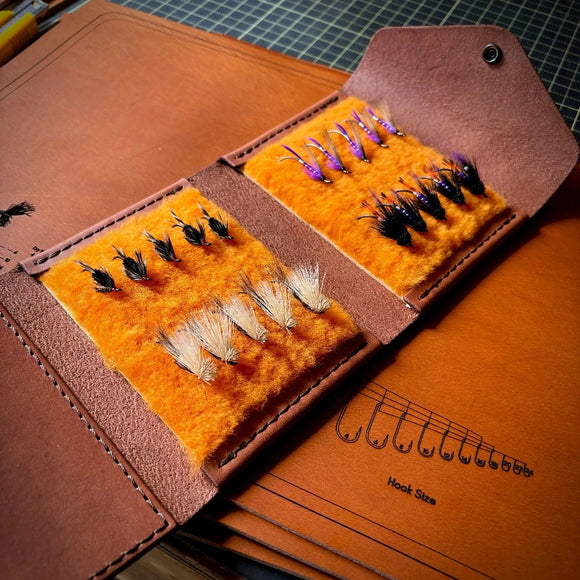
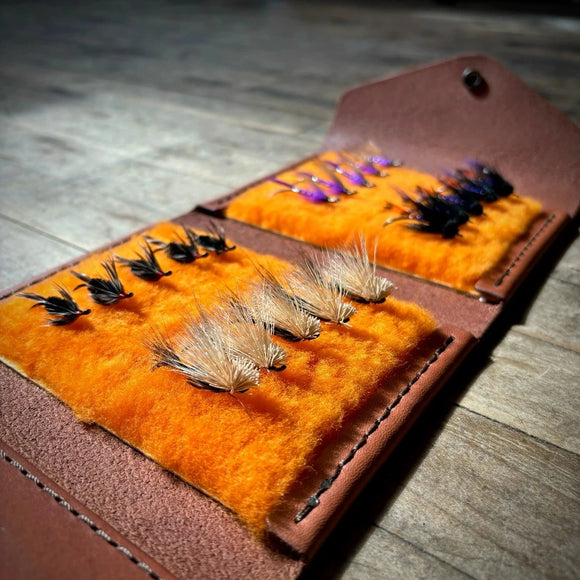
Steelhead Fly Pack
$260.00
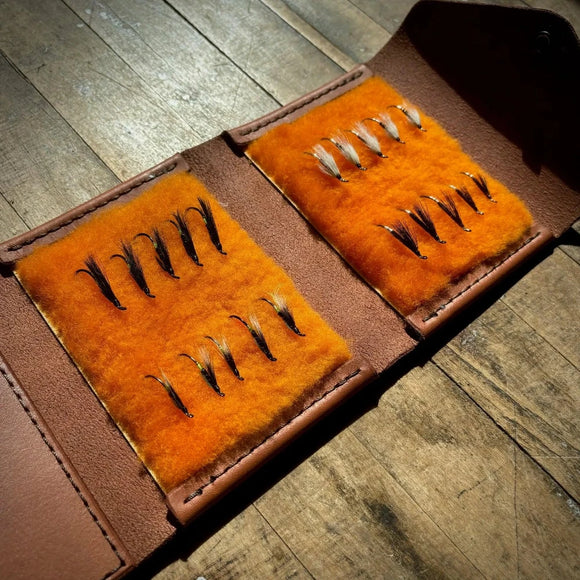

Salmon Fly Pack - #1
$260.00
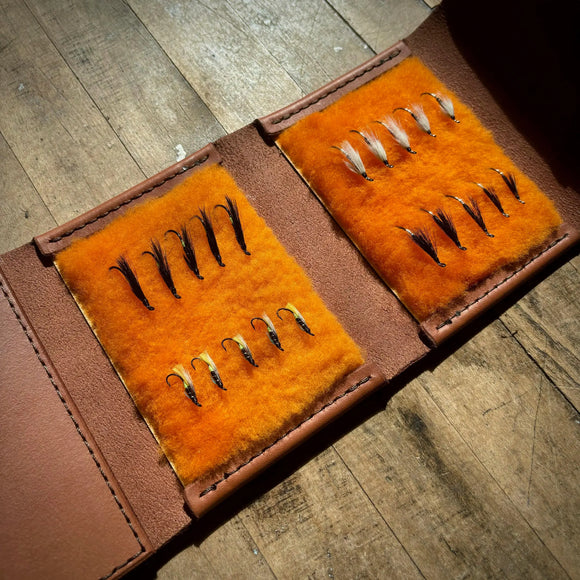

Salmon Fly Pack - #2
$260.00
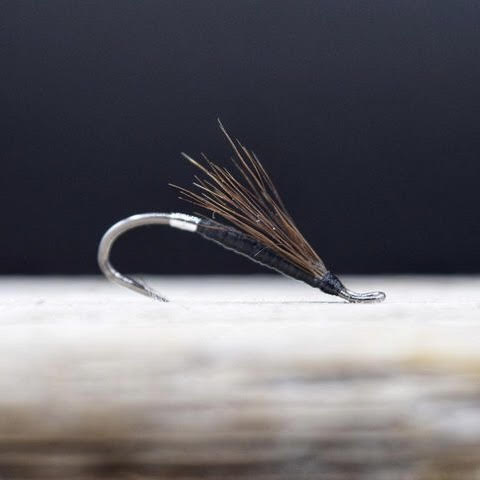
Black Silver Tip
$5.99
FLY TYING
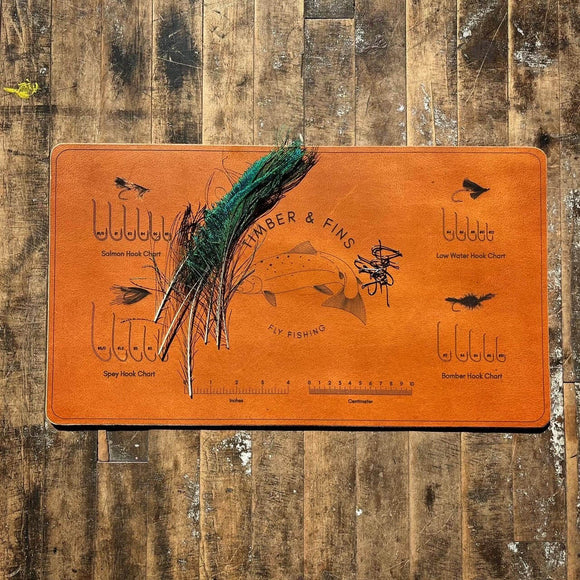
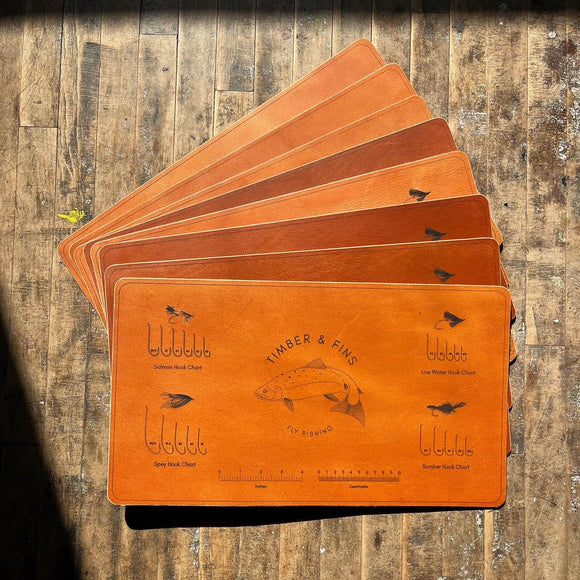
Salmon Fly Tying Leather Mat
$115.00
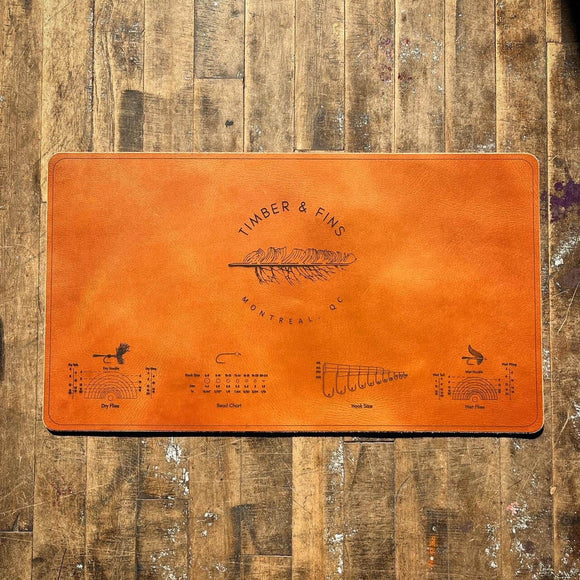
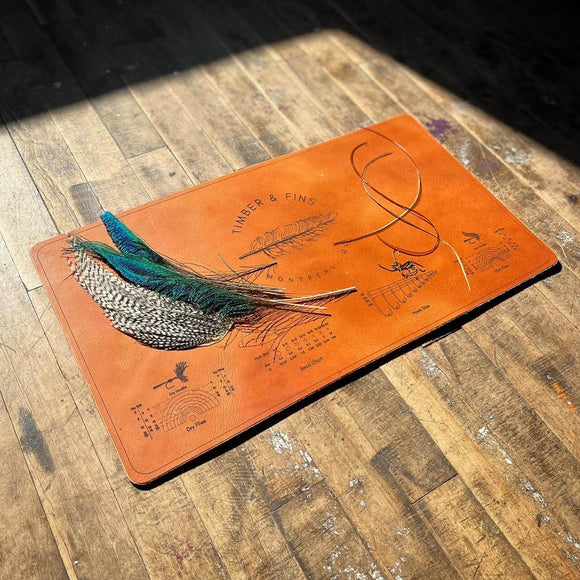
Fly Tying Leather Mat
$115.00
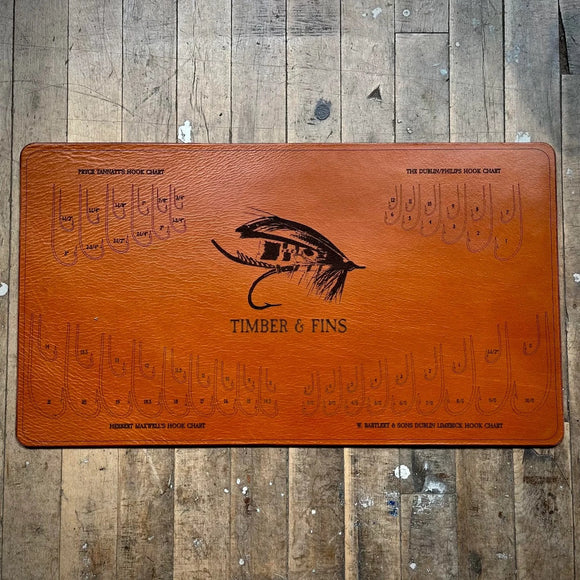
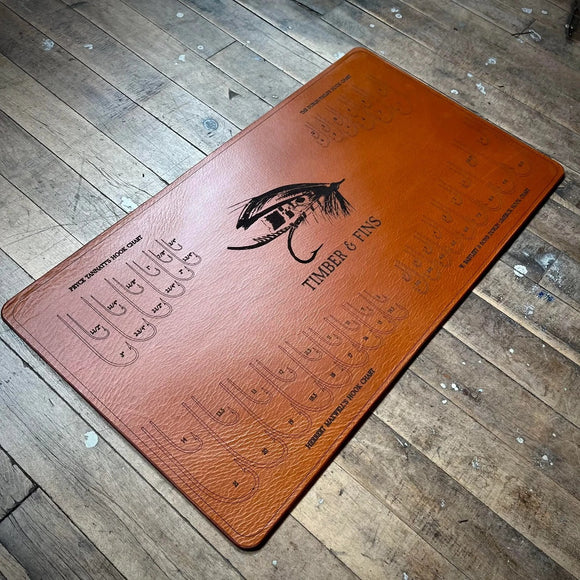
Heritage Fly Tying Leather Mat
$115.00
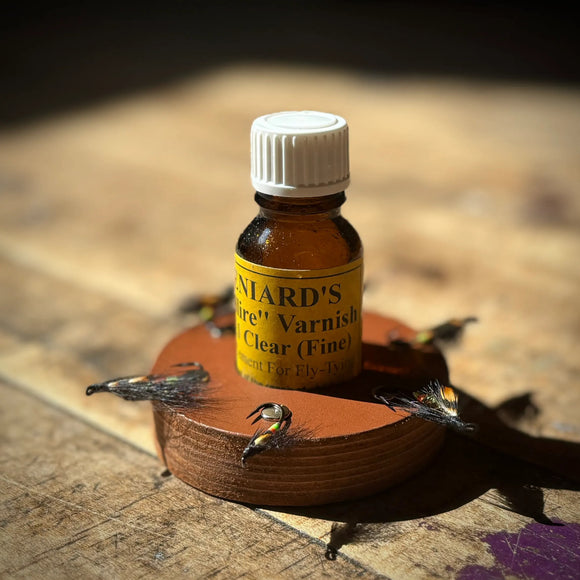
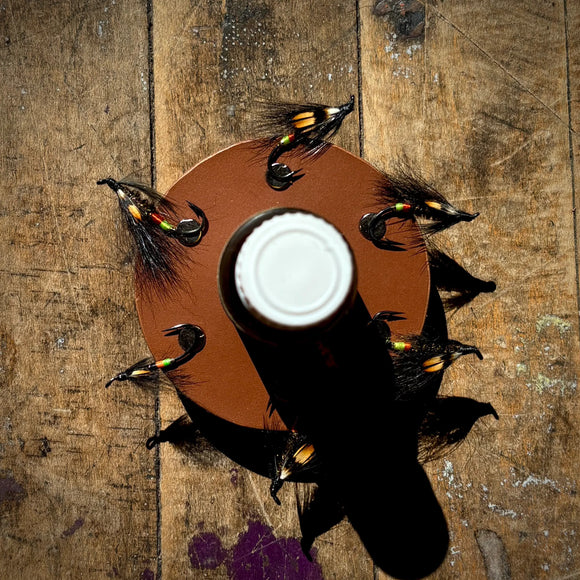
The Puck - Bottle holder
$55.00


